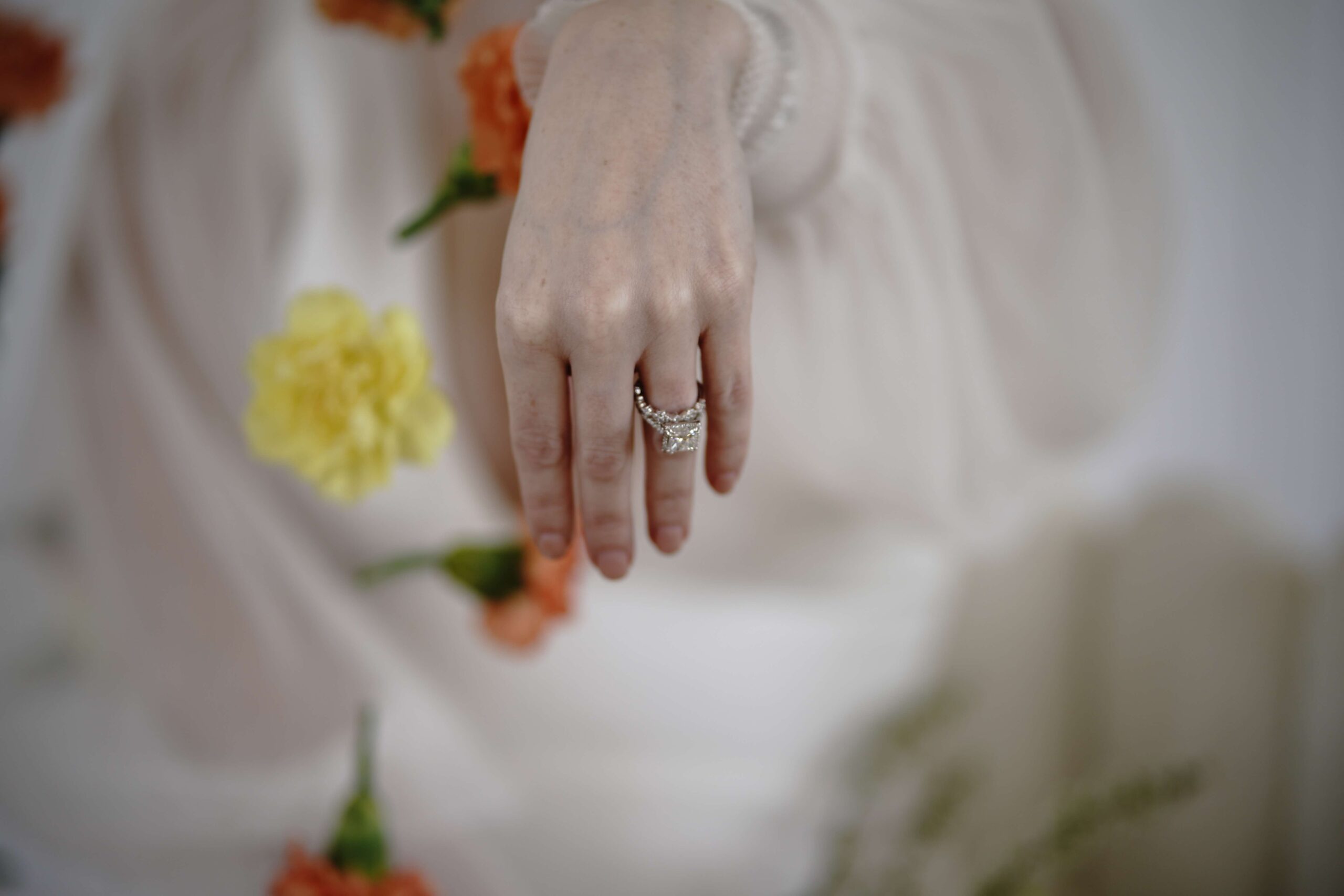In a world saturated with over-stimulating visual elements, minimalist photography is a breath of fresh air. It reminds us that less is more and that simplicity can often have a more profound impact than complexity. By stripping away the unnecessary, minimalist photography draws attention to the subject in a unique and powerful way, allowing the viewer to engage with it on a deeper level.
Understanding Minimalist Photography
Minimalism is an art movement that began in post–World War II Western art, most prominently in the visual arts, music, and literature. In terms of photography, minimalism is about reducing elements in a frame to only the most essential. This could mean a focus on simple shapes, lines, and forms, or it might involve a stark contrast between subject and background. The power of minimalist photography lies in its ability to communicate more with less, leaving room for the viewer’s interpretation.
Key Elements of Minimalist Photography
When we discuss minimalist photography, we often refer to several guiding principles that help a photograph fit into this category. These elements are not rules but rather common features found within this photography style.
Composition and Negative Space
In minimalist photography, composition is king. The arrangement of elements within the photograph should be intentionally simple, with a clear emphasis on the subject. Negative space, or the area around the subject, is also crucial as it defines and emphasizes the main focus, creating a visual breathing room.
Color and Contrast
While minimalist photography can be in color or black and white, the palette tends to be very restrained. Some photographers opt for a desaturated palette to keep the focus on the subject and form. Contrast, too, plays a vital role, whether it’s tonal contrast in black and white photographs or color contrast in colored ones.
Lines and Shapes
Simple geometric shapes and lines are prevalent in minimalist photography. They guide the viewer’s eyes within the image and add an element of interest without complicating the overall composition. Straight, diagonal, or even curvy lines can lead to the subject or form the subject itself.
One of my favorite places to capture lines and texture is at the AgaKhan Gardens in Devon AB.
Texture and Detail
Even though minimalist photography is about simplicity, it doesn’t mean the images are devoid of detail. In fact, with fewer elements in the frame, the viewer’s attention is drawn more toward the subtle textures and details.
Creating Your Own Minimalist Photographs
Starting in minimalist photography may seem daunting at first, but remember, it’s all about simplicity. Here are a few steps to help guide your minimalist journey.
Train Your Eye
Begin by training your eye to see the potential in the simplicity around you. Look for interesting shadows, the way light interacts with objects, or even an intriguing, isolated subject. With time, you’ll start finding compositions everywhere.
Simplify the Scene
When you’re shooting, actively simplify the scene in front of you. This might mean moving closer to your subject, adjusting your angle to remove distractions from your frame, or even waiting for the perfect moment when everything falls into place.
Edit for Impact
Post-processing is a part of every modern photographer’s workflow, and it’s no different with minimalist photography. Editing allows you to remove any overlooked distractions, enhance your subject, or adjust the colors to better suit a minimalist palette.
The Influence of Minimalism in Modern Visual Culture
Minimalist photography doesn’t just stand alone as a form of art; it influences various aspects of modern visual culture. In advertising, for instance, many brands use minimalist photography to help their products stand out. In a similar vein, web and graphic designers often employ minimalist design principles to create a clean, user-friendly experience.
FAQs
What is minimalist photography?
Minimalist photography is a style that simplifies a scene to its essential aspects. It aims to present a subject plainly, without the clutter of complex compositions. This approach highlights the subject, whether it’s a person, an object, or a landscape, in a way that can lead to more impactful storytelling.
How do I achieve a minimalist style in my photographs?
To achieve a minimalist style, you need to:
Focus on a single subject to capture the viewer’s attention.
Use negative space effectively to emphasize your subject.
Opt for simple or monochromatic color schemes.
Compose the shot with clear lines and shapes that don’t distract from the subject.
Edit your photos to remove unnecessary elements or distractions.
Can minimalist photography be done with a smartphone?
Yes, minimalist photography can be done with a smartphone. The key elements—simplicity, composition, and negative space—can be captured with any camera, especially as smartphone camera capabilities continue to improve. The convenience of smartphones also allows photographers to practice and capture minimalist scenes wherever they go.
Does minimalist photography only mean black and white images?
No, minimalist photography isn’t restricted to black and white images. While black and white photos can help emphasize form and light, minimalist photography can also utilize color to highlight the subject or create contrast. The key is simplicity and lack of clutter, regardless of whether the image is in color or black and white.
How important is lighting in minimalist photography?
Lighting is very important in minimalist photography because it directly affects how the subject is presented. Good lighting can enhance textures, create shadows, and add depth to the subject. Soft natural light works well for a variety of subjects, but creative lighting can also produce effective minimalist photos.
Is there a market for minimalist photography?
Yes, minimalist photography has a market. Its clean and simple aesthetic is sought after in various fields like advertising, where the focus is on the product, as well as in art and editorial markets. The style’s versatility and the powerful visual statements it can create are appealing for both commercial and personal use.
What are common mistakes when starting minimalist photography?
Common mistakes include:
Including too many elements in the frame, which distracts from the subject.
Not using negative space effectively, which can make the photo feel crowded.
Overediting photos, leading to an unnatural look.
Not focusing accurately on the subject, resulting in a lack of clarity where needed.
Choosing busy backgrounds that complicate the image’s simplicity.
In Conclusion
Minimalist photography is a powerful way to tell a story, evoke emotion, or present a subject in a new light, all while using the simplest composition. By focusing on only the essential elements, photographers can draw viewers into an intimate and meditative visual experience that other styles of photography may not provide. So, grab your camera, embrace the beauty in simplicity, and begin exploring the captivating world of minimalist photography.
If you enjoyed this this blog, you may also love: Dressing for success

Simplicity of a bride holding a flower and showing off her wedding ring
